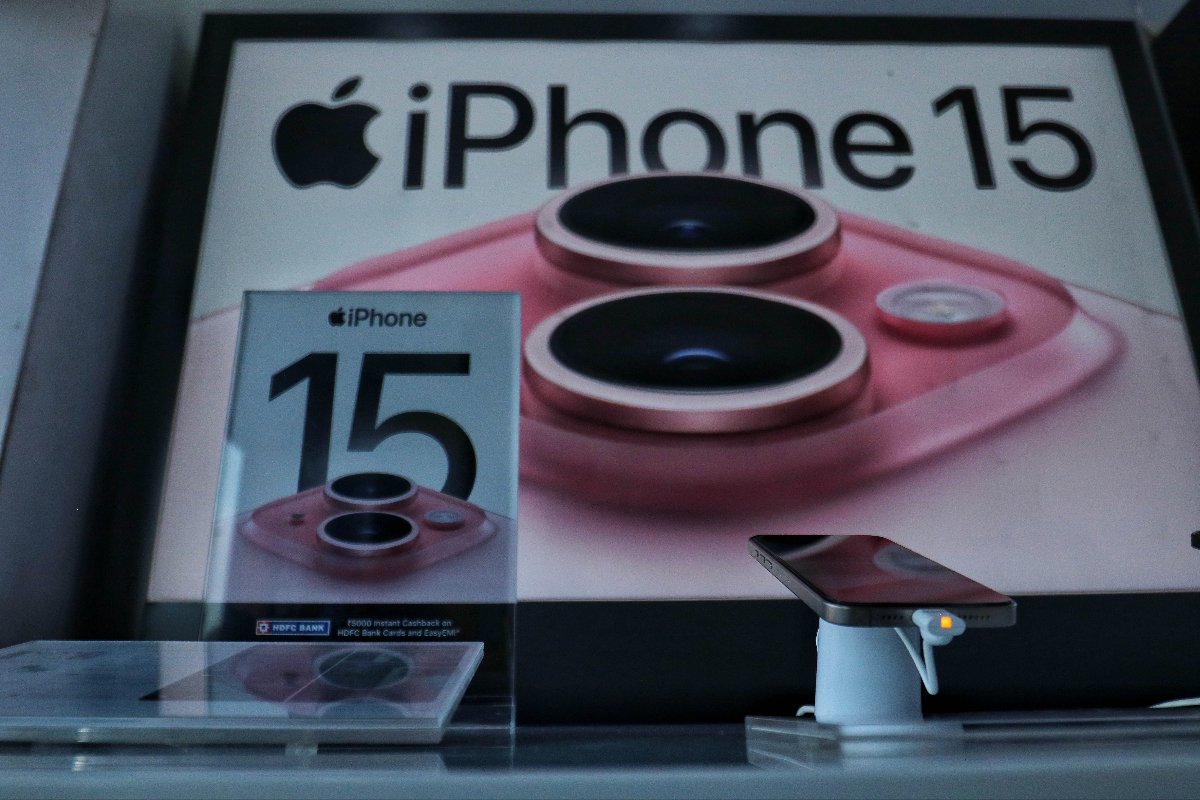According to Canalys, in the fourth quarter of last year, the iPhone 15 and its various versions made up more than half of the total smartphone shipments of Apple in India, which were nearly 2.8 million units. This exceptional success is due to the focus on the latest models during India’s festive sales, which take place both online and offline, coinciding with the popular Diwali celebrations in the last quarter of the year. These sales typically offer discounts and promotions to attract customers in the country’s large population.
Although Diwali usually falls in October, it arrived in November last year according to the Hindu calendar. This gave Apple an opportunity to market the iPhone 15 series during the festive sales, as Canalys senior analyst, Sanyam Chaurasia, explained to TechCrunch.
The iPhone 15 series stands apart from its predecessors due to several noticeable changes, including the use of USB-C, the unique capsule-shaped Dynamic Island and a matte finish on all models. These changes have been a major draw for both new and existing iPhone customers in India, where Android holds over 95% of the market share.
Along with the changes at the design level, easier financing options, a favorable consumer environment, and expanding retail presence have also contributed to making the iPhone 15 series more appealing to Indian consumers than any previous generation, Chaurasia noted.
Apple began selling the iPhone 15 series in India in September, with the first batch being locally assembled in the country. Like other smartphone makers, the company views India as a significant global manufacturing hub and has expanded its local production footprint.
Despite this, Apple is still not a top smartphone vendor in India and only captured a small 7% share of the market in the fourth quarter, according to Canalys.
Chaurasia revealed that in the fourth quarter, Apple’s shipments experienced a quarter-on-quarter growth of nearly 32%.
The top two smartphone vendors in the Indian market in the fourth quarter were Samsung and Xiaomi, with a share of 21% and 17%, respectively. However, over the course of the entire year, Vivo secured the second position after Samsung in shipments, posting a 3% annual growth by shipping 26.1 million units in 2023, and capturing a share of 18% — only 1% less than Samsung, which saw a 1% decrease in annual growth by shipping 28.4 million units.
The primary reason why Apple has yet to reign supreme in the Indian smartphone market in terms of shipments is the high prices of its iPhone models in the country. This is problematic since a significant portion of buyers in India are price-sensitive. Despite local assembly, the retail price of the iPhone in India remains significantly higher than that of the US. For example, while the base model of the iPhone 15 is priced at $799 in the US, it costs 79,900 Indian rupees (which equates to $961) in India. In contrast, the average selling price for smartphones in India is around $250, compared to $790 in the US.
Nevertheless, Apple is gradually becoming a well-known brand in the Indian smartphone market and is rapidly expanding its presence in the country. According to Counterpoint, the company saw its highest quarterly iPhone shipments in India in the third quarter of last year, with over 2.5 million units shipped between July and September. Furthermore, Apple also opened two physical stores in India last year to intensify its marketing efforts and capture more of the Indian market.
Overall, Indian smartphone shipments showed a notable 20% year-on-year growth in the fourth quarter, with nearly 39 million units being shipped, as reported by Canalys. However, the country saw a slight decrease of 2% in total smartphone shipments during the year, with 148.6 million units being shipped in 2023.
“In 2023, the increased investment in mainline retail space proved beneficial not only for vendors but also helped stabilize the overall market,” Chaurasia stated in the report. “Canalys predicts that the Indian smartphone market will experience mid-single-digit growth in 2024, driven by affordable 5G devices and the replacement cycle due to the pandemic. However, the biggest challenge for vendors this year will be managing the rising costs of materials.”








